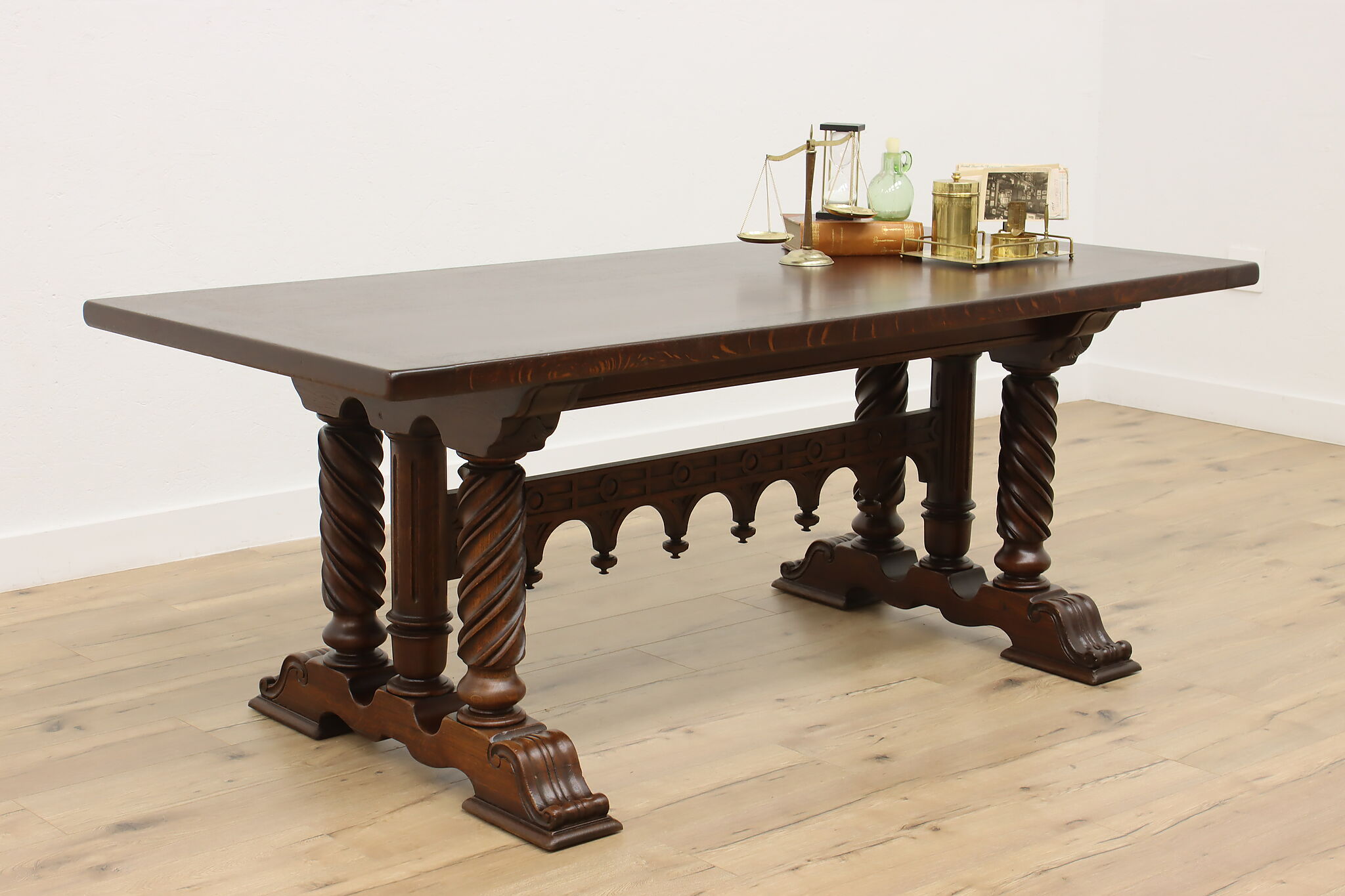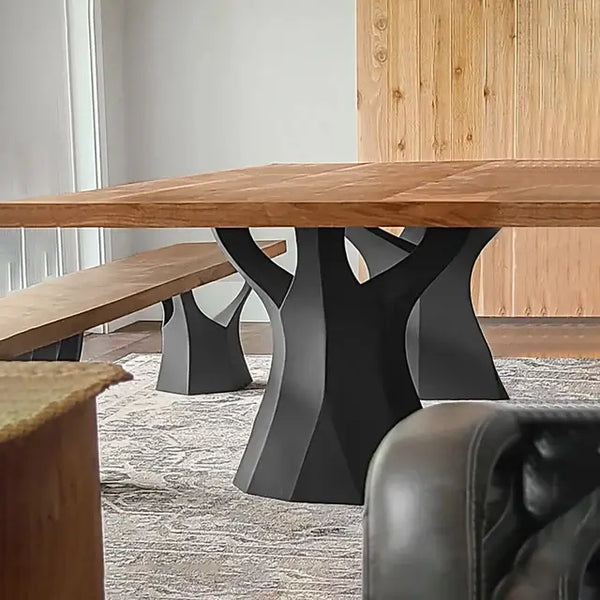Why Dining Room Table Legs Are Crucial for Your Table’s Stability
From Typical to Modern: Discover the Perfect Eating Area Table Legs for Your Design
While timeless designs such as cabriole and turned legs stimulate a feeling of timeless class, modern styles like hairpin and geometric choices offer a possibility for striking visual rate of interest. As you take into consideration these components, the question stays: exactly how can you flawlessly integrate these diverse leg styles to produce an unified eating experience?
Comprehending Table Leg Styles
The selection of dining-room table leg designs can dramatically affect both the aesthetics and functionality of the space. Each leg style adds unique aesthetic components and sensible attributes, accommodating varied layout choices and usage requirements. Understanding these designs is critical for selecting the right eating table that straightens with your general interior design vision.
For example, conical legs provide a clean, classic appearance that can improve a room's style, while stand bases offer security and optimize legroom, making them excellent for smaller sized spaces. Barrette legs, a trademark of mid-century contemporary design, present an industrial panache, enabling an airy, open feeling. Trestle legs stimulate rustic appeal, providing durable support and a feeling of timelessness.
Wooden legs can bring warmth and appearance, whereas metal choices often communicate a streamlined, modern vibe. Eventually, recognizing table leg styles is vital for developing a cohesive dining area that shows individual design while ensuring functionality and convenience.
Traditional Table Leg Options
When selecting eating area table legs, traditional options commonly personify timeless elegance and craftsmanship. These styles show an abundant heritage and a dedication to top quality, making them ideal for those who appreciate classic aesthetics.
One of the most iconic conventional leg styles is the cabriole leg, characterized by its stylish curved form. This design commonly includes decorative makings and is most typically discovered in Queen Anne and Chippendale furniture. One more prominent option is the turned leg, which boasts a collection of smooth, rounded forms that give a timeless look while keeping stability.
Moreover, the straight leg, while basic, uses a basic and tough structure that can mix flawlessly with a selection of tabletop styles. For those drawn to ornate outlining, claw-and-ball feet legs evoke a feeling of majesty and can work as a magnificent centerpiece in any type of dining room.
Last but not least, stand bases, although not purely legs, offer a different standard option that enables ample legroom and can be beautifully sculpted. Each of these conventional leg styles adds to the general atmosphere of a dining room, marrying function with visual allure.

Modern Table Leg Layouts
Modern table leg styles supply a diverse array of styles that emphasize cutting-edge materials and tidy lines. These designs often focus on functionality while working as striking centerpieces within a dining room. Minimalist appearances are widespread, with legs crafted from products such as metal, glass, and engineered wood, which add to a modern and airy feel.
One prominent style is the barrette leg, characterized by its slender, conical framework that provides useful reference security without read the full info here frustrating the table top (dining room table legs). This style is frequently discovered in mid-century modern furniture and can easily complement numerous table forms. An additional pattern is making use of geometric shapes, where legs may tackle unbalanced or angular forms, adding aesthetic passion and a touch of artistry

Blending Designs for Special Spaces
Frequently, homeowners seek to create special eating spaces that reflect their individual design by blending various design components. This strategy permits for the incorporation of diverse aesthetic appeals, resulting in a harmonious yet distinct environment. Coupling a rustic wooden table with streamlined, contemporary steel legs can produce a captivating comparison that raises the room's total charm.
Additionally, integrating vintage table legs with modern table tops can evoke a feeling of history while keeping a modern sensibility. Such mixes not only showcase individual preference however likewise motivate imagination, permitting property owners to curate an area that really feels both individual and inviting.
Shade plays an important function in this blending procedure; choosing table legs that read more complement or contrast with the existing color scheme can improve visual passion. Whitewashed legs can soften the daring of a dark table surface area, producing a well balanced visual.
Tips for Choosing the Right Legs
Selecting the right table legs is vital for attaining both functionality and aesthetic appeal in your eating area. Begin by thinking about the general style of your area. Conventional setups take advantage of legs that include elaborate carvings or turned designs, while contemporary spaces may require streamlined, minimal designs.
Following, examine the height and security of the legs. dining room table legs. Conventional table range in between 28 to 30 inches in height, so ensure the legs match this dimension for comfort. Furthermore, robust materials, such as hardwood or metal, can improve stability and durability
Assess the leg form too-- alternatives consist of straight, tapered, or pedestal designs. Straight legs provide a timeless look, while conical legs can include a touch of style. Pedestal bases supply sufficient legroom and are optimal for smaller spaces.
Verdict
In recap, selecting the ideal dining area table legs requires cautious consideration of both conventional and contemporary styles. By integrating leg design, elevation, and product with the total design, a cohesive and inviting environment can be achieved.
The selection of eating room table leg designs can significantly affect both the looks and capability of the space. Ultimately, comprehending table leg designs is crucial for creating a cohesive eating location that reflects individual style while making sure practicality and comfort.One of the most famous typical leg styles is the cabriole leg, defined by its graceful bent shape. Straight legs provide a traditional appearance, while tapered legs can add a touch of style.In summary, selecting the ideal dining space table legs calls for careful consideration of both contemporary and conventional styles.